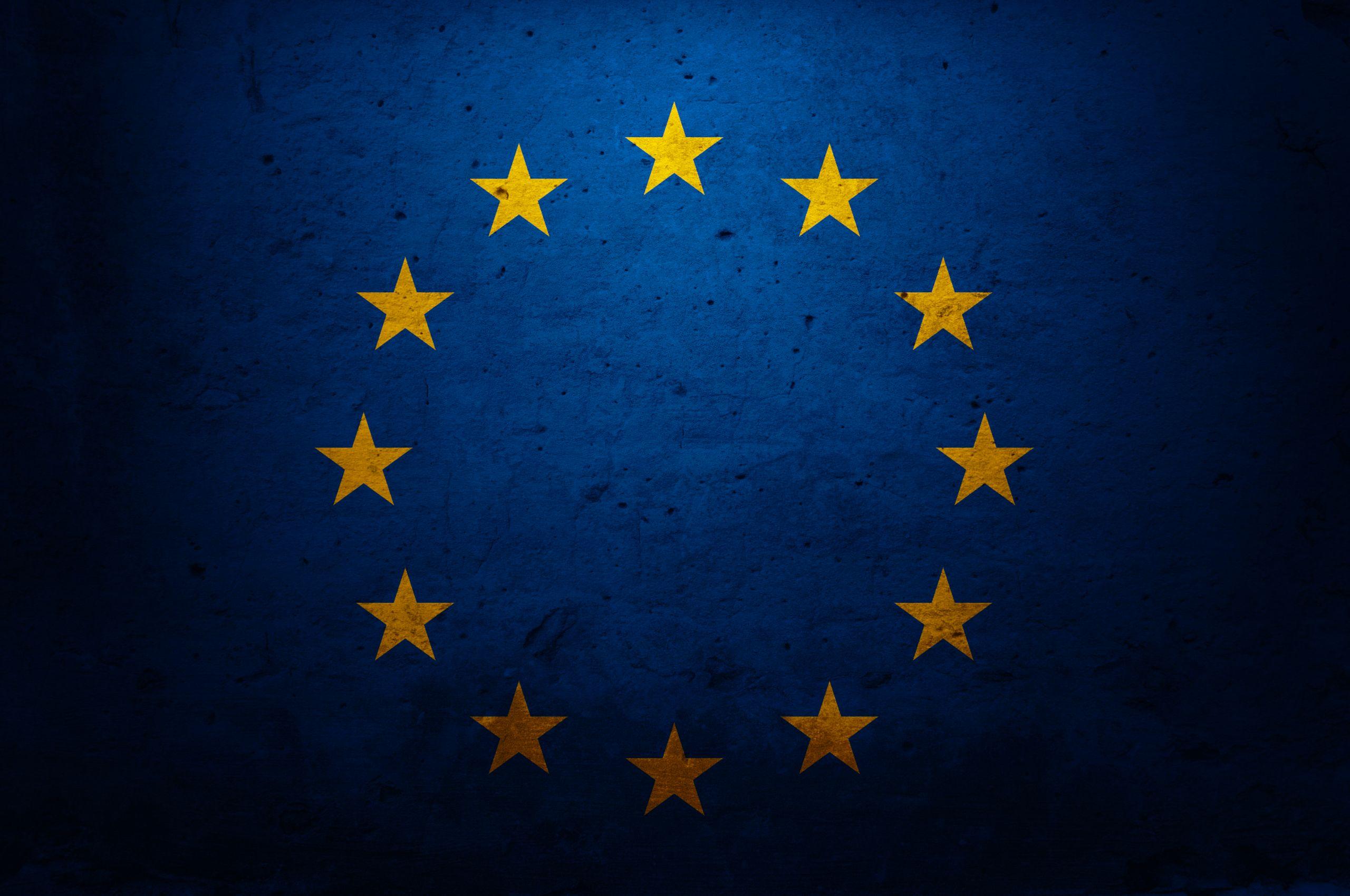The European Commission on Friday waved through a record €5.4 billion in hydrogen subsidies even as questions are being raised over the opaque approval process and the nascent technology’s potential to reduce greenhouse gas emissions in polluting industries.
The subsidies exceed previous large-scale cross-border projects, including the €3.2 billion the Commission approved for a 2019 batteries project.
Friday’s state aid decision kicks off 41 projects in 15 countries centered around hydrogen technology, in what is only the first of four expected waves of state aid approvals for hydrogen projects in the European Union. Further waves on industry decarbonization, infrastructure and mobility are expected to follow, with billions in additional subsidies.
Germany’s Bosch, Italian energy group Enel and French train maker Alstom are among the 35 companies selected for subsidies in four types of technology: hydrogen generation, fuel cells, storage and distribution and end-user technology.
The public support is expected to unlock an additional €8.8 billion in private investments, the Commission said.
“Hydrogen has a huge potential going forward. It is an indispensable component for the diversification of energy sources and the green transition,” EU Competition Commissioner Margrethe Vestager said.
Germany and France are using these key state aid projects – known as Important Projects of Common European Interest (IPCEI) – as vehicles to push industrial ambitions in strategic sectors.
“The Commission’s scrutiny has halved the potential aid that could be granted under this IPCEI,” Vestager said, That includes projects the Commission has asked the countries to withdraw from the IPCEI — because they did not meet the required level of innovation, for instance — or projects that were withheld but where the authorized aid was reduced.
Today’s EU approval is the fourth in a growing list. The Commission has so far cleared one IPCEI in microelectronics and two in batteries. Further projects involving cloud computing, microchips, health and raw materials are in the making.
Germany has led the push for the pan-European hydrogen initiative, with a manifesto signed by 22 countries during the last days of its 2020 EU presidency. When announcing 62 projects for an estimated €11 billion in state support in May 2021, Berlin said it wanted to be the world’s number one in hydrogen. (So did France).
Mo’ money, mo’ problems
But with big cash injections come big controversy — and voices are already complaining that the EU is putting the industrial cart before the environmental horse.
The RePowerEU strategy calls for the bloc to be producing 10 million tons of renewable hydrogen by 2030 | Image via iStock
Ever since the EU launched its hydrogen strategy in July 2020, critics have warned that industry hype over the clean-burning gas — which releases oxygen and water when burned — could lead to overinvestment without guarantees the projects will help the climate.
The EU hopes hydrogen can come to replace natural gas in heavily polluting sectors such as steelmaking to help reach net-zero greenhouse gas emissions by 2050. The Commission’s RePowerEU strategy calls for the EU to be producing 10 million tons of renewable hydrogen by 2030.
But while some hydrogen is made from green energy like wind and solar power, many projects produce so-called blue hydrogen by chemically stripping natural gas, a fossil fuel.
In that process, escaping emissions are partially captured, but studies warn the environmental footprint is worse than initially claimed.
The Commission today only announced overall amounts of cash, countries and companies. It will likely take years before the public will find out which specific projects received state support and how much — the 2019 batteries decision, for example, has not been published yet.
“We won’t know the key details of these projects until it’s too late – including how many of them involve scarce and valuable ‘green’ hydrogen, and how many are about big bad blue hydrogen, which can be just as or more carbon-intensive as burning fossil gas, oil, or coal,” said Thomas Burman, energy lawyer with the ClientEarth legal charity.
The money is also being awarded before key climate restrictions have been finalized by the Commission to define what will legally count as clean hydrogen. Green groups are warning that an ongoing lobbying push for exceptions and loopholes will lead to a decade of greenwashing, as the first wave of hydrogen projects gets a temporary pass.
Draft EU rules published in May covering hydrogen production call for proof that electrolyzers — the machines powering the process — would be either directly hooked up to a wind or solar farm, or could show that new renewables had been added to the local electricity supply and were generating green energy while the electrolyzers were plugged in and working.
But those restrictions would only apply beginning in 2027, in a derogation added late in the drafting process.
NGO Global Witness, through a freedom of information request to the Commission shared with POLITICO, obtained records showing that France’s Engie had lobbied Brussels two weeks before the draft’s publication, complaining that immediate compliance with the green rules “would imply that the costs of the HyNetherlands project would increase by 2 to 4 times and lower the production outcome to one third … Engie therefore requested projects like these to be exempted from the scope of the delegated act until 2030 or to be given at least some flexibility.”
Engie did not immediately respond to a request for comment on the meeting minutes.
“It’s worrying that a company can brazenly tell the EU that they need rules watered down purely for their own financial interest and then, two weeks later, for that to be exactly what happens,” said Dominic Eagleton, senior gas campaigner at Global Witness.
This week 18 industry associations including Hydrogen Europe are now calling for that exception to be extended “to at least 2030.”
The Commission’s state aid assessment is broadly limited to checking whether the project involves at least four EU countries, has positive spill-over effects for the EU economy at large and would not have been possible with private money alone — but a November 2021 update of IPCEI rules do allow the EU executive to perform a green check to make sure the project does not cause significant harm to the environment.
“But there’s also currently no legal framework at the EU level on how to properly judge hydrogen’s sustainability — and this won’t be complete until well after these projects will receive financing,” Burman said.
This article is part of POLITICO Pro
The one-stop-shop solution for policy professionals fusing the depth of POLITICO journalism with the power of technology
Exclusive, breaking scoops and insights
Customized policy intelligence platform
A high-level public affairs network




